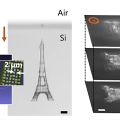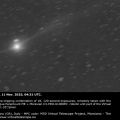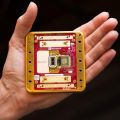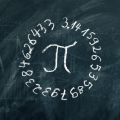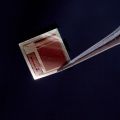Représentation des algèbres de Clifford - Définition
La liste des auteurs de cet article est disponible ici.
L'algèbre de Clifford R3,0
Ceci est la célèbre algèbre de Pauli, si vous pensez à K02 pour i et K00 pour 1. Nous avons trois Kplus pour base de vecteurs.
catégorie 0 (le scalaire)
catégorie 1 (les vecteurs)
La signature est ( + + + )
catégorie 2 (les bivecteurs)
catégorie 3 (le pseudoscalaire)
Donc i est le pseudoscalaire et les équations pour les bivecteurs signifient en fait que chaque bivecteur est le dual de Hodge de l'un des vecteurs qui n'est pas une partie du bivecteur.
Représentations avec les matrices réelles 8x8
Cette dernière est très importante en physique puisqu'elle est l'algèbre de Clifford la plus utilisée pour le travail dans l'espace-temps de Minkowski. La signature est ( + - - - ). Voir convention de signe. Les représentations les plus utilisées sont
En s'intéressant aux matrices réelles 8 x 8, on peut former 7 matrices Kmoins anticommutatives. Ils forment un ensemble de bases pour l'algèbre de Clifford réelle non-universelle R0,7
(Pour R0,3, nous avons montré qu'une seule a besoin de matrices réelles 4x4)
Autres représentations avec les matrices réelles 4x4
Représentations avec les matrices réelles 16x16
R1,3 a besoin seulement de matrices réelle 4x4
R0,7 a besoin seulement de matrices réelles 8x8
R5,0 a besoin seulement de matrices réelles 8x8










































